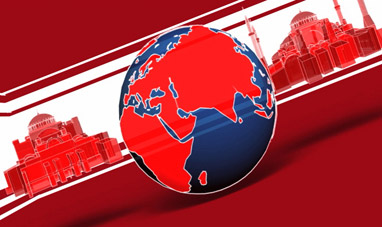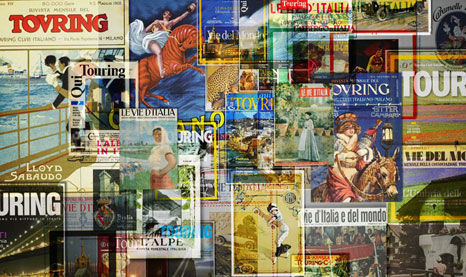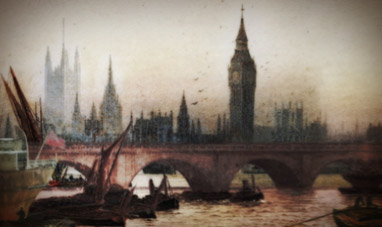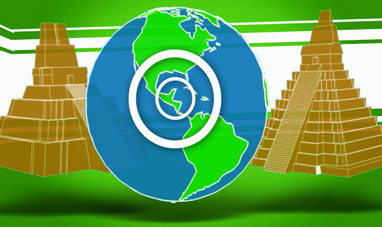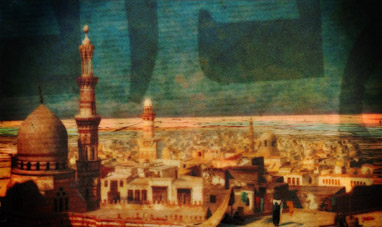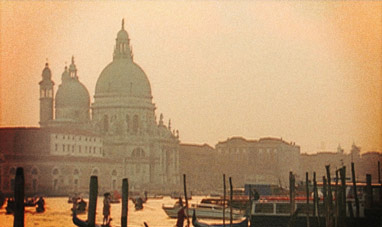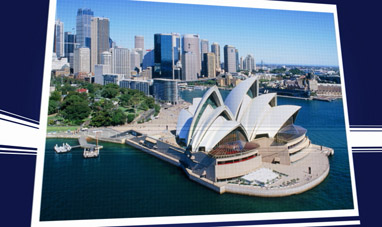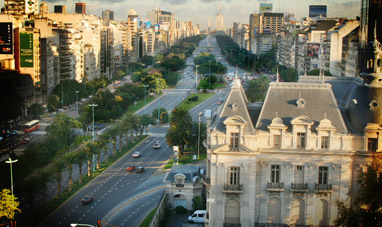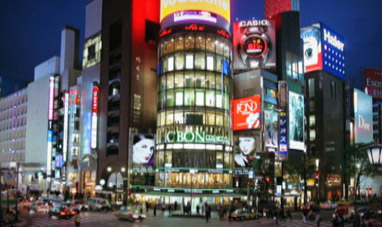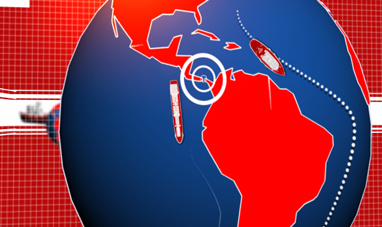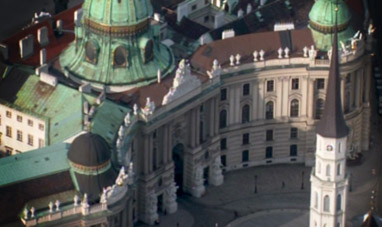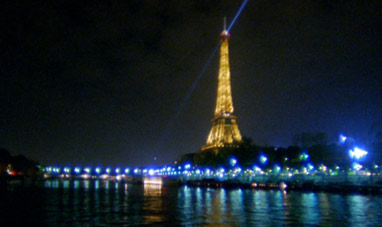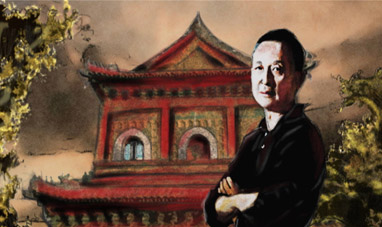Beijing is the capital of the People’s Republic of China. Beginning in 1,000 AD, a number of sources document the existence of a village where Beijing stands today. The nascent metropolis didn't became important until the 11th Century AD. Then known as “Ji,” Beijing was poised on major commercial routes and became a nexus for agricultural trade.
In 221 BC, Emperor Shi Huangdi of the Qin dynasty gathered all the Chinese regions into a single empire. To defend northern borders, the Emporer built a great wall near Beijing. Beijing became united China’s northern bulwark. In 1215 Genghis Khan, leader of the Mongols, a nomadic northern population, invaded China and destroyed Beijing. Genghis’s grandson Kublai Khan rebuilt it, calling the city “Dadu.” Khan made it one of the Mongol empire’s two capitals. The small city grew to roughly half a million inhabitants.
In 1406, Emperor Yongle of the Ming dynasty began building the Forbidden City. Seat of Court and emblem of the imperial power, the Forbidden City lies in the heart of Beijing. It housed 74 hectares of gardens, palaces, yards and pavilions. Some 24 dynasties lived there until 1924. Commoners were not allowed to enter.
In the 15th Century, the city was renamed “Beijing,” which means capital of the north. In 1644, the Qing dynasty came into power. Beijing experienced remarkable growth. Urban features like hutongs, narrow alleys, and siheyuans, little grey-brick houses with red doors and interior courtyards sprung up.
In 1911, the Republic of China was established. Its birth marked the end of the old dynasties. Beijing remained the country’s capital. In 1949, Mao Zedong, the President of the Communist Party, proclaimed the People’s Republic of China. Beijiing was demolished. Old walls and traditional temples were knocked down to make way for large, Soviet-style avenues and austere buildings.
At the end of the 1960s, China struggled with the Soviet Union for leadership of the communist world. To defend itself from eventual Soviet attacks, the Chinese dug an underground shelter-town that includes 85 kilometers of tunnels accessible from the backrooms of shops. Beijing residents dug these tunnels by hand under supervision of the Chinese army. The underground labyrinth hosted hospitals, weapon reserves, food and water.
In 1979, President Deng Xiao Ping opened the country’s frontiers. The push towards capitalism wasn’t supported by social reforms, resulting in instability and corruption. Beijing embodied this contradiction.
Widespread discontent broke out 10 years later, in 1989, when students in Beijing demonstrated against the government. The government’s reaction was brutal resulting in thousands of victims. Images of Tiananmen Square flooded with student protestors facing army tanks were broadcast all over the world. From 1995 on, China was recognized as a key global economic power. Futuristic skyscrapers sprang up alongside the few hutongs left in Beijing.
In 221 BC, Emperor Shi Huangdi of the Qin dynasty gathered all the Chinese regions into a single empire. To defend northern borders, the Emporer built a great wall near Beijing. Beijing became united China’s northern bulwark. In 1215 Genghis Khan, leader of the Mongols, a nomadic northern population, invaded China and destroyed Beijing. Genghis’s grandson Kublai Khan rebuilt it, calling the city “Dadu.” Khan made it one of the Mongol empire’s two capitals. The small city grew to roughly half a million inhabitants.
In 1406, Emperor Yongle of the Ming dynasty began building the Forbidden City. Seat of Court and emblem of the imperial power, the Forbidden City lies in the heart of Beijing. It housed 74 hectares of gardens, palaces, yards and pavilions. Some 24 dynasties lived there until 1924. Commoners were not allowed to enter.
In the 15th Century, the city was renamed “Beijing,” which means capital of the north. In 1644, the Qing dynasty came into power. Beijing experienced remarkable growth. Urban features like hutongs, narrow alleys, and siheyuans, little grey-brick houses with red doors and interior courtyards sprung up.
In 1911, the Republic of China was established. Its birth marked the end of the old dynasties. Beijing remained the country’s capital. In 1949, Mao Zedong, the President of the Communist Party, proclaimed the People’s Republic of China. Beijiing was demolished. Old walls and traditional temples were knocked down to make way for large, Soviet-style avenues and austere buildings.
At the end of the 1960s, China struggled with the Soviet Union for leadership of the communist world. To defend itself from eventual Soviet attacks, the Chinese dug an underground shelter-town that includes 85 kilometers of tunnels accessible from the backrooms of shops. Beijing residents dug these tunnels by hand under supervision of the Chinese army. The underground labyrinth hosted hospitals, weapon reserves, food and water.
In 1979, President Deng Xiao Ping opened the country’s frontiers. The push towards capitalism wasn’t supported by social reforms, resulting in instability and corruption. Beijing embodied this contradiction.
Widespread discontent broke out 10 years later, in 1989, when students in Beijing demonstrated against the government. The government’s reaction was brutal resulting in thousands of victims. Images of Tiananmen Square flooded with student protestors facing army tanks were broadcast all over the world. From 1995 on, China was recognized as a key global economic power. Futuristic skyscrapers sprang up alongside the few hutongs left in Beijing.




